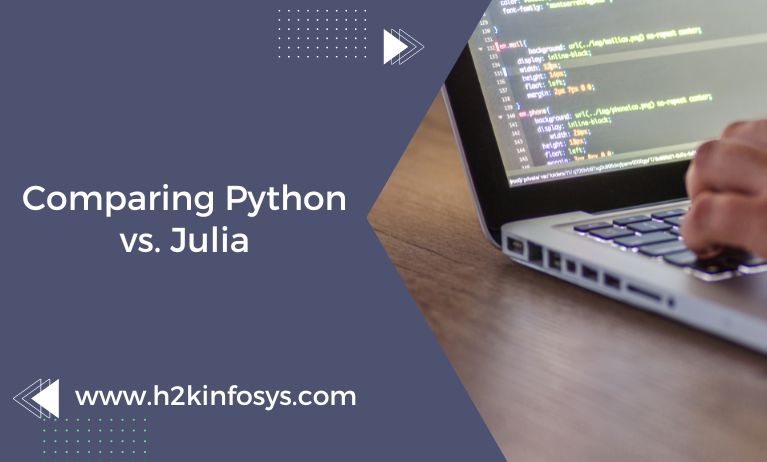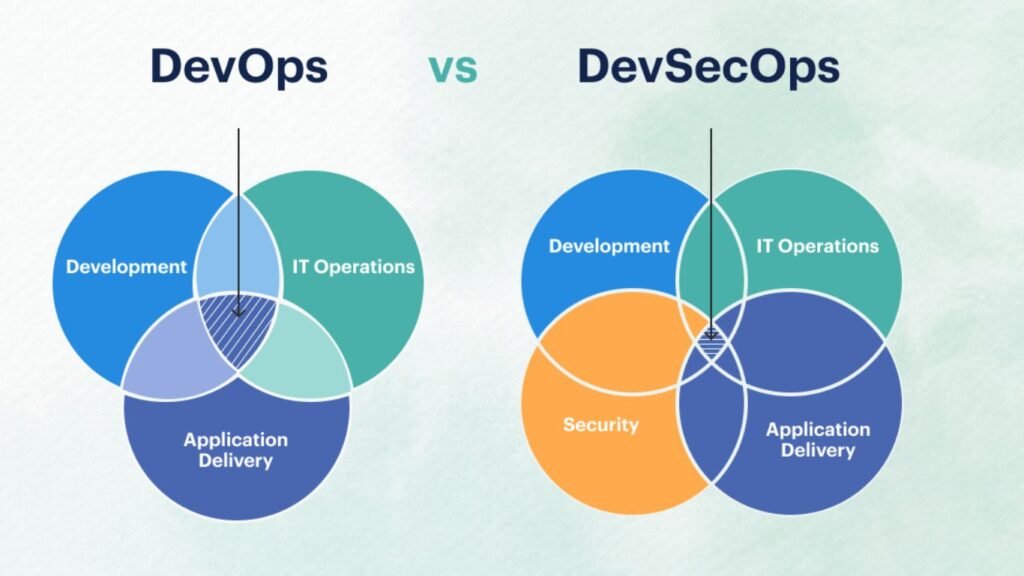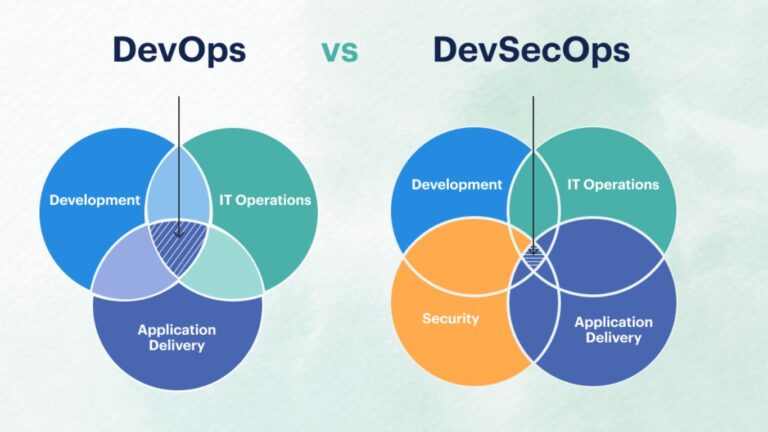Machine learning and Python vs. Julia data science have enabled machines to learn from experience and get amazing insights into how things and people work. However, utilizing the full potential of these technologies calls for a fair amount of technical expertise. To make working on data science and machine learning projects easier, many tools have been developed. Consider the top programming languages for data scientists in 2022 as an illustration.
Python vs. R debates initially dominated discussions over which programming language newcomers should learn for data science and machine learning. Currently, things are beginning to change; Python has undoubtedly been one of the most widely used programming languages in recent years. The TIOBE Index for November 2022 indicates that Python is the most popular programming language, while Julia is a brand-new kid on the block.
Many seasoned data science and machine learning professionals may wonder whether it is worthwhile to upgrade their skills as Julia continues to gain popularity, while newbies are asking themselves new questions like “Should I learn Python or Julia?” We will outline the differences between Python and Julia in this article to make the decision-making process easier so you can start working on furthering or improving your profession. You can learn more about Python by checking the Python certification course online.
What is Python vs. Julia?
Python has been a favourite among developers for many years, especially with the emergence of data science and machine learning. The majority of people in the technology industry have probably heard of it. The language, which was developed by Guido van Rossum and replaced the ABC programming language, was initially made available in 1991.
The variables in Python are dynamic objects since it is a high-level, interpreted, object-oriented programming language with dynamic semantics. The Python programming language’s substantial standard libraries and the Python interpreter are both publicly available in source and binary formats.
It is extremely appealing for Rapid Application Development and for usage as a scripting or glue because of its high-level built-in data structures, dynamic typing, and dynamic binding.
Who uses Python vs. Julia?
Python is a general-purpose language. As a result, it can be used to create software for a variety of hardware setups and operating systems in a wide range of application domains.
Example domains include:
- Data Science (Check out this Python for Data Science cheat sheet for Beginners)
- Scripting/Automation (i.e., tracking product prices anhttps://www.h2kinfosys.com/courses/python-online-training/d filling out forms)
- Web development
- Machine learning
- Software testing
Advantages of Python vs. Julia
There are numerous reasons why Python is so well-liked. To name a few:
- Accessibility: Python’s syntax closely resembles that of normal English, making it simpler for other developers to read and understand. As a result of the language’s simplicity, developers may create projects and make improvements to them more quickly.
- Versatility: Python is a general-purpose language, which means it can build and perform a wide range of activities, from automating routine operations to machine learning and scripting.
- Open-Source: Python is created under an open-source licence that has been accepted by OSI. It is therefore free to use and distribute for any reason, including for profit. Because Python is open source and is becoming more and more popular, a vibrant community has sprung up around it that users can access at any time.
- Libraries: Libraries are incredibly practical tools that can increase the productivity of developers. There are currently more than 137,000 Python libraries available for usage in a wide range of application development tasks.
The drawbacks of Python
Python has a fair number of critics despite all of its benefits for the following reasons:
- Speed: One of Python’s primary criticisms is its lack of speed. Python is slower than compiled languages like C and Java (which can also be considered to be interpreted because it is a hybrid language) because it is an interpreted language with dynamic typing.
- Memory usage: Python uses a lot of memory because it is adaptable to many data types.
- Mobile environment: Despite being successful in the creation of server and desktop apps, Python is not a good choice for creating mobile applications because it uses a lot of memory and operates slowly compared to other programming languages.
- Runtime mistakes: Because Python is a dynamically typed language, data types are linked to values rather than variables. This design has drawn criticism from many Python users since it presents a number of problems. For instance, a variable’s value can be modified at any moment in a program, which means the data type of the variable could change, potentially resulting in errors during runtime.
What is Julia?
The programming language had been downloaded approximately 35 million times as of the beginning of 2022, the company’s tenth anniversary year. This is more than five times the total amount of downloads over the previous three years. This kind of development has caught the attention of various developers on Julia.
The goal of Julia’s creators, Jeff Bezanson, Alan Edelman, Stefan Karpinski, and Viral B. Shah, was to address the drawbacks of other programming languages while retaining their distinctive and desirable characteristics. The writers of a blog post titled “Why we Created Julia” openly admitted that, “We are greedy: we want more,” before outlining a number of appealing but ambitious traits they hoped Julia would have.
90% of their promises had been fulfilled by the time Julia 1.0.0 was released in 2018—six years after they first made them.
However, what is Julia?
It is preferable to conceive of it as a high-level, dynamic, quick, and simple programming language with characteristics ideally suited for computational research and numerical analysis.
Who uses Julia?
One of Julia’s main objectives was to create a language that would enable programmers to write short, high-level, generic, and abstract code that is similar to mathematical formulas while yet having the ability to swiftly generate the low-level machine code typical of static languages.
Julia is regarded as a general-purpose language, which means that despite being expressly created with technical and scientific users in mind, it lacks specialised features and is broadly useful across application fields.
Due to these characteristics, Julia is very appealing to developers working in the following areas:
- Numerical Computing
- Machine Learning
- Statistics
- Web Development
Advantages of Julia
- Speed: Undoubtedly, Julia’s speed is one of its key draws. Quick is Julia. There is minimal overhead because it uses just-in-time (JIT) compilation, which reduces the likelihood that code will be processed more than once. Additionally, in benchmarking tests, Julia routinely outperforms other data programming languages like Python, R, and Matlab. This is due to the fact that Julia is a compiled programming language rather than an interpreted one.
- Accessibility: Unlike C++, Julia has a clear syntax that is simple to use and simple to learn. It has dynamic typing, which is typically shorter than languages with static typing.
- Purposeful: Scientific computing, machine learning, data mining, large-scale linear algebra, and distributed computing made up a significant portion of the day-to-day work of the Julia founders. Julia therefore offers a wide range of packages that enable additional use cases in the scientific, mathematical, statistical, and machine learning domains and was created with scientific computing in mind.
Disadvantages of Julia
Julia has so far experienced a flourishing introduction, but the language is far from ideal and currently has some serious limits.
- Julia is a newly learned language. The language is therefore not as well-known or supported as others like Python and R.
- Time to first plot issue: Julia’s JIT compiler still has certain quirks, which causes a lag when attempting to run code from some packages for the first time. “Because of the way Julia works under the hood, this is a difficult problem to solve,” the authors write, “but much progress has been made in the past few years to reduce this compilation time.”
- Small ecosystem: Because Julia is a new technology, its ecosystem and community are still in their infancy. Even though Julia contains many innovative ideas and packages, they pale in comparison to ecosystems like Python and R, both of which have been growing for more than 20 years.
Julia vs. Python: Key Differences
Python has a well-established, sizable community that supports other Python developers and contributes to the language. The language also satisfies the definition of a general-purpose programming language by being very flexible and having a wide range of applications. Julia, on the other hand, is a fantastic tool for scientific programming even though it is far less adaptable than Python while being regarded as a general-purpose programming language.
Julia’s superior performance and quickness over Python are one of the key reasons why it is so appealing. This is because Python is an interpreted language, which requires that each line be processed again, whereas Julia is a compiled language written on its base.
Conclusion Python and Julia are both good programming languages, but Python may be preferable. Check out the online Python training to learn more.






























